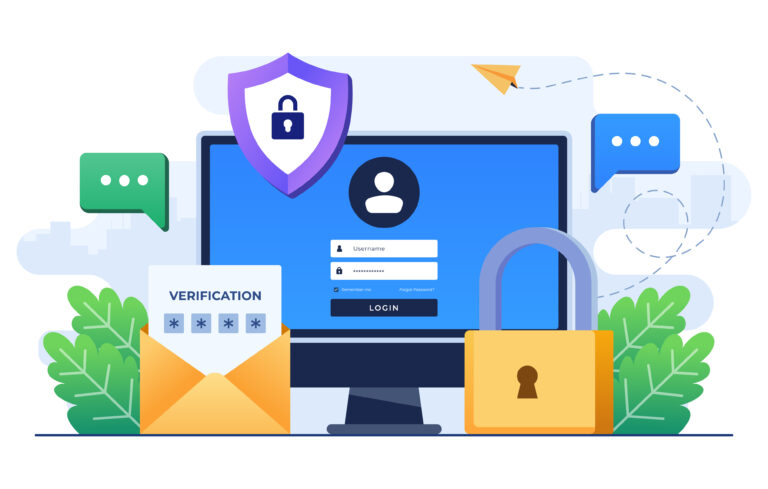
Passwords are one of the most prominent security tools used today. A concept introduced all the way back in 1961 by computer scientist Fernando Corbato, passwords have been keeping devices safe and secure for decades. However, due to their protective and secret nature, passwords are one of the biggest targets for scammers and cybercriminals. Many of our most important accounts, including online banking accounts, medical records, credit card accounts, and more are all kept private with a password, and access to those accounts is often what hackers desire most. All they have to do is get their hands on your passwords and they will be able to access your sensitive data.
Although cybersecurity threats can be very complex, they often target something as simple as your password. And, while having a secure password can be inconvenient, their importance cannot be stressed enough. Many people’s devices have been compromised because of the simple fact that they set their password as “password.” In general, weak passwords can pose a significant risk to you and your employer or employees.
A recent study in Denmark revealed that about 20% of employees use short, simple passwords because they are easier to remember, and 8% use the same password for several different accounts. Additionally, a significant percentage of the study group did not understand or use tools like multi-factor authentication (MFA) or two-factor authentication (2FA). Companies must ensure that their employees are using strong passwords and that they understand the importance of this particular security measure. Devastating data breaches can be prevented by using strong passwords.
There are several tools in existence that can help you get organized and keep track of your passwords. Password management software can help you create and store strong passwords, that way you don’t have to worry about coming up with and remembering several passwords. These managers are an excellent tool that can be used instead of writing down passwords in your notes app or on post it notes. Business owners can make the use of these software programs mandatory so that their employees’ passwords are safe and secure.
Additionally, employers can require the use of tools like MFA and 2FA. These programs work by requiring identity verification in addition to your username and password. MFA and 2FA have been proven very effective when used correctly and reduce your risk of cyberattacks greatly. Without it, organizations are at a greater risk of data breaches and fraud.
It is important to pay attention to where you are entering your passwords as well. Scammers often create convincing fraudulent log in pages in order to trick you into putting in your information, which are often accessed through things like phishing emails. For example, a scammer might send you an email that appears to be from Google, asking you to log in to fix a problem with your account. Once you click the link the send in that email, you will be brough to a fake log in page. While you think you’re logging into your Google account, you are actually giving the scammer your username and password. It is important to make sure links always go to legitimate sites before clicking on them, and it is generally best practice to avoid clicking on links and attachments in emails that come from an unknown source. If you need to log into an account, go to the site directly rather than clicking on a link somewhere.
Read our previous post here: New Scam Uses reCAPTCHA To Trick Users
